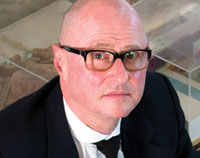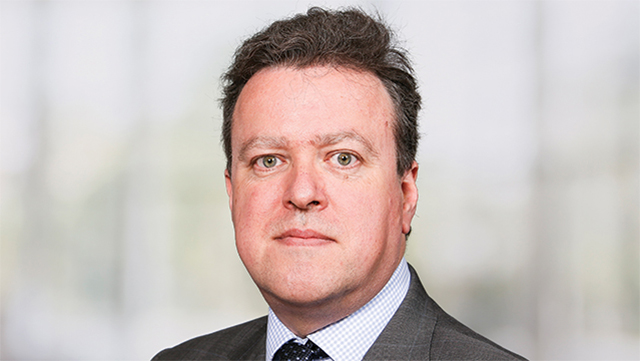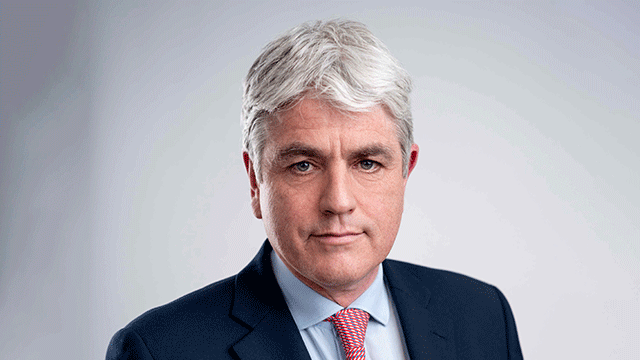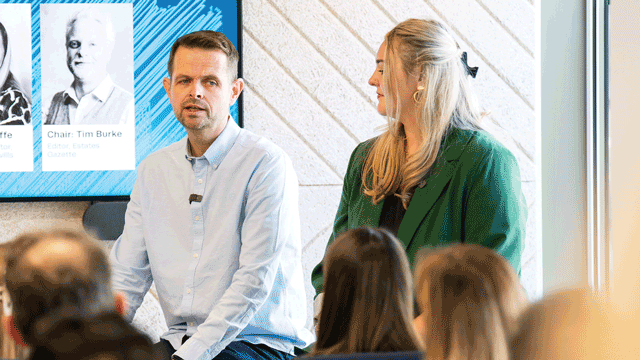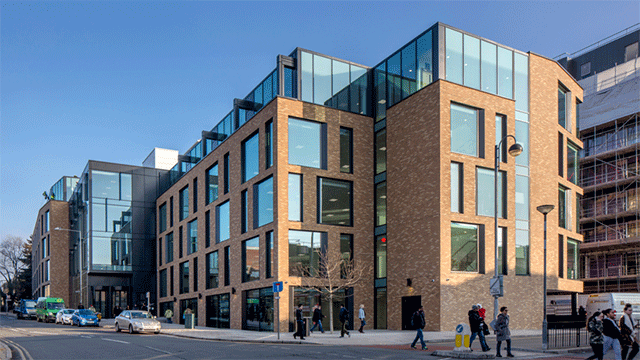Last week I was privileged to spend time in an ideal city. Beached on the edge of an old town, it was full of hopeful travellers. A veritable caravanserai in the sun. I’ll come back to that in a minute.
To move ahead we architects need to present architecture in terms of the lifecycle of the building’s components. To design with time in mind. We need to start thinking of buildings in terms of theatre, stage set and props.
The theatre lasts, say, 100 years, makes a memorable address in the city and contains a memorable journey within. The stage sets are the large-scale building elements within, which might last 10 to 20 years; think not just gym, auditoria, crèche, restaurant, but cladding and heating and ventilation. The props are the flexible components within that should enable the easy reconfiguration of space. I say should as, all too often, they are neither easily moved nor easily paid for.
Once we get our heads around this, and this is where building information modelling really can make a difference, clients will be enabled to think beyond the service charge mechanism for both the spending and recovery of cost in use.
At that point, the value of buildings that make memorable yet flexible places that accommodate changing needs becomes ever more apparent. Success in this future will be defined by intelligent and robust models of well-designed universal buildings. Just as we ask “old” structures to deal with new needs, so we will start to design new structures to allow for unknown futures.
The pressure for change is already coming from dynamic tenants whose needs for different spaces in different locations fluctuate rapidly in response to the much anticipated upside and unexpected but inevitable downside. One emerging solution to this challenge to the length of leases is for large-scale landlords to consider themselves as curators responding to desire. Commissioning different spaces for different communities at different times in different locations. In this world of developer curators, tenants choose a landlord for its portfolio, rather than a single building, knowing they can move around, shrink and grow within the curated portfolio.
Notwithstanding this advance, we still need new, but not too clever, investment and valuation models that facilitate these variable lease durations. Models that support a different consideration of covenant and therefore value. After all, if there is a waiting list of people wanting to get into a building, covenant and lease length matter less and yields should start to reflect this underlying investment value. Perhaps we can learn something from the finance models of long-stay and short-stay apartments and hotels.
Of course, it would help a great deal if planning departments gave up on their obsession with useless use class orders that serve only to deny the natural energy of the very regeneration that they seek to engender.
Which brings me full circle back to the tented model city. This instant pop-up city was MIPIM in Cannes, where the much-discussed expense of everything demonstrated to all the travellers that there is much value in the short-term lease of a tent. That is, of course, if you are charging rather than spending €12 on a beer.
The future is all about rethinking the impact of time. In construction this requires us to design and cost “permanent” buildings in a new way that recognises that they are in fact assemblages of temporary components with very different lifecycles. In development this emphasises the point that practical completion is not the end but the beginning of a building’s life and capital cost. In finance this requires valuations that respond to the fact that a wealthy, growing and therefore important part of the tenant market requires much more flexible leases.
The future is not all tented pop-ups. But one important part of the future is a lot closer to the real estate that houses MIPIM than any current models recognise. I hope that next year we can raise a glass on the Croisette to the new financial and planning models that recognise this. Models that allow for and fund the design, operation and leasing of so-called temporary buildings. Indeed, it is not that big a leap for investors once you accept that old architectural adage that nothing is more permanent than the temporary. And in fact, that the permanent is but the temporary condition of the moment!
Simon Allford is a director at AHMM Architects







